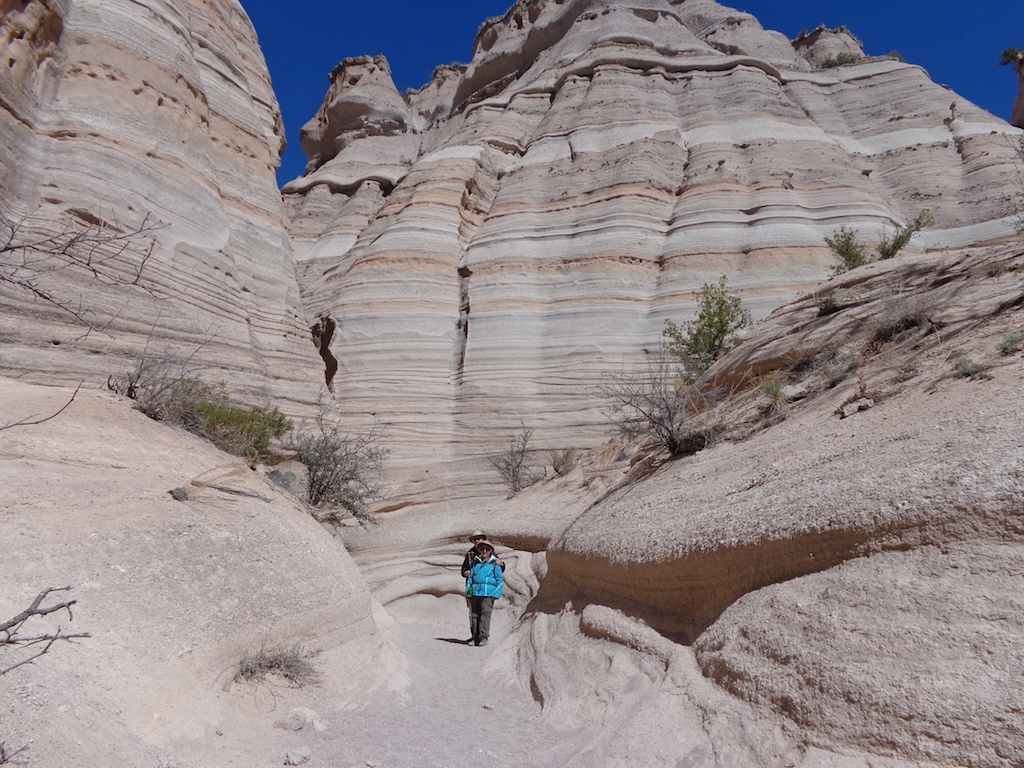Exploring Vietnam and Cambodia from a Different Perspective
by Carolyn Handler Miller
Being vertical – walking on two legs – is a wonderful thing, especially when you are exploring a new part of the world. It is, however, an easy skill to take for granted. After all, it’s something we had mastered as tots. But it’s an ability that I suddenly lost while visiting Vietnam and Cambodia with my husband, Terry. A stupid accident forced me to see these fascinating countries while mostly confined to a wheelchair.
The accident happened after a demanding day in Ho Chi Minh City, the high-energy, colorful city once known as Saigon. But tired as I was from the day, I decided I needed to pack before going to bed, since we’d be flying to northern Vietnam later the next day. As I dashed around the room, gathering up clothes, I suddenly bashed my foot into a heavy piece of furniture and let out a yelp of pain.
It wasn’t just an ordinary stubbing. Two of my toes quickly swelled up and began turning purple. The pain didn’t subside, either, as it usually does after a stubbing. It was a serious, unrelenting pain. I was sure the two toes were broken. But what to do? From a previous broken-toe experience, I knew there was little modern medicine could do to help, and I didn’t want to take time away from our exciting itinerary to go to a clinic. In the coming days, I decided I’d just hobble around as best I could and ignore the pain.
Scheduled for the next day was a visit to Cu Chi Tunnels, a former stronghold of the Viet Cong. The Viet Cong had built an underground city there, and boobytrapped the jungle floor with camouflaged holes, full of sharp spikes. Many unfortunate American soldiers had died in these deadly pits. It was a gruesome but important site where many lives had been lost, and I wanted to see as much of it as I could. But tramping around in the jungle with a damaged foot didn’t work out too well. It was impossible to enter the tunnels in my condition, though I dearly wanted to, and I was unable to get down into the below-ground Viet Cong weapons factory. With one leg largely out of commission, my balance had also become a little rickety.
By the end of our visit, I was exhausted, and both Terry and our guide, Linh, determined I couldn’t continue the trip this way: I should use a wheelchair for the rest of my time in Southeast Asia. I half-heartedly agreed. It was embarrassing. A wheelchair would make me look like an invalid, instead of the robust person I felt myself to be. Would this be a glimpse of me in coming years, when I would be too infirm to travel? I dreaded that possibility.
After our visit to the tunnels, we were due to fly to Hanoi. Linh, who was amazingly resourceful, quickly arranged for me to have a wheelchair at both ends of the flight. I admit I was grateful to be whisked through both airports. My wheelchair attendants knew all the shortcuts and effortlessly got me to the head of the security lines. This made the passage through the airports effortless. Still, I felt some unease at being made so comfortable. Did broken toes really qualify me for this privilege?
The next day, during our visit to the Ho Chi Minh Mausoleum, my unease meter shot up to the maximum level. On the way to the parking lot, Linh pointed out the long line waiting to enter the Mausoleum where the revered leader rests in state, the man who was so instrumental in making Vietnam an independent nation. “It can take hours to get in,” she told us. “Do you think it’s worth the wait?” Both Terry and I felt it would be. At the entrance, Terry waited by my wheelchair as Linh talked with the authorities. It seemed like an unnaturally long wait to obtain tickets, but suddenly a smartly dressed woman appeared, and beckoned us to follow her.
She briskly led the way over what seemed to be secret paths, avoiding the long line to the entrance, and left us in front of the tall stairway at the front of the Mausoleum. Four soldiers, dressed in spotless white uniforms, stood in formation nearby. I gasped as they moved towards me, and each gripped a corner of the wheelchair. I only had time to be bewildered, no time for questions. Bypassing the people in line, they picked me up and carried me up the steep stairway. And then another stairway. And then another. The air got chillier as we progressed. All at once we were in the most sacred space in the Mausoleum. There, encased in glass, lay Ho Chi Minh himself, as if he were just taking a nap. The soldiers carefully wheeled me around the case, so I could fully take in the sight, and then carried me down the stairs to the exit.
Once back on the ground, I was dazed by what had just happened. It was exhilarating, but why should I, an ordinary American tourist, be treated with such respect? It’s not as if I were an important diplomat or a celebrity. It could only be because of their reverence for their transformational leader, and their gratification that an incapacitated American wished to pay her respects. My heart responded with a deep admiration for their devotion to him.
I spent the rest of my visit to Vietnam and Cambodia in a wheelchair. It was often frustrating, because it prevented me from seeing inside museum cases (I was too low) or entering much of Angkor Wat (too many impediments). But my toes did offer me a unique experience on one of the flights back: membership in the “wheelchair women’s club.”
As the plane emptied out, some of us were ushered onto a special ramp and into a strange metal enclosure, which I didn’t realize was a “disabled passenger lift.” We were three couples from Portugal, Ireland, and the United States. And all the women had issues with their legs or feet. One was already in a wheelchair, one was on crutches, and one of us had a limp. During the wait for the metal box to lower us to the ground, where two more wheelchairs waited, we chatted about our exciting journeys. I felt an immediate fellowship with these women. All of us, with our loyal male support teams, had put up with our impediments to explore a glorious part of the world. Yes, there were some obstacles, but we could still travel! We could still enjoy life! I thanked my broken toes for letting me know that.
Carolyn Handler Miller (www.carolynhandlermiller.com) is a writer who works across a variety of media. Originally beginning her career as a newspaper reporter and magazine journalist, Carolyn's projects span TV shows and specials, feature films, books and new media. She is one of the pioneering writers in the field of interactive narrative, where she has contributed to over 50 projects as a writer, writer-story designer, and consultant. She is the author of “Digital Storytelling: A Creator's Guide to Interactive Entertainment” (Focal Press), now in its fourth edition.





